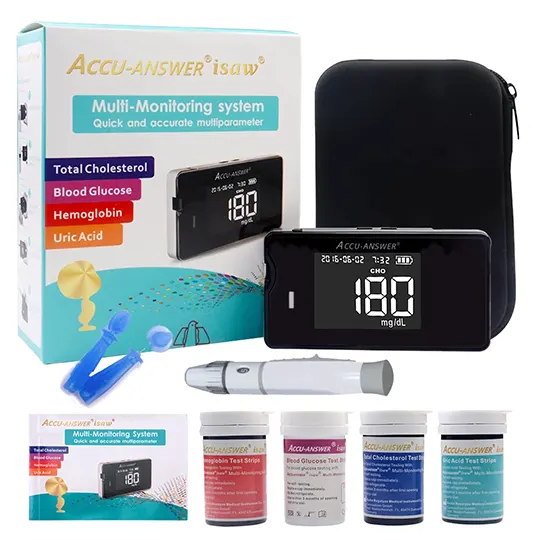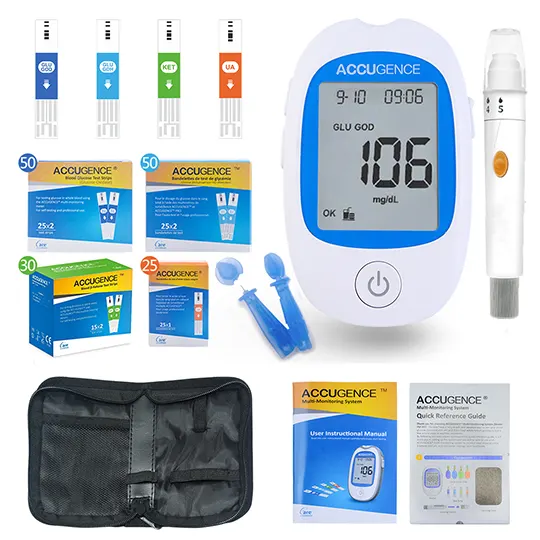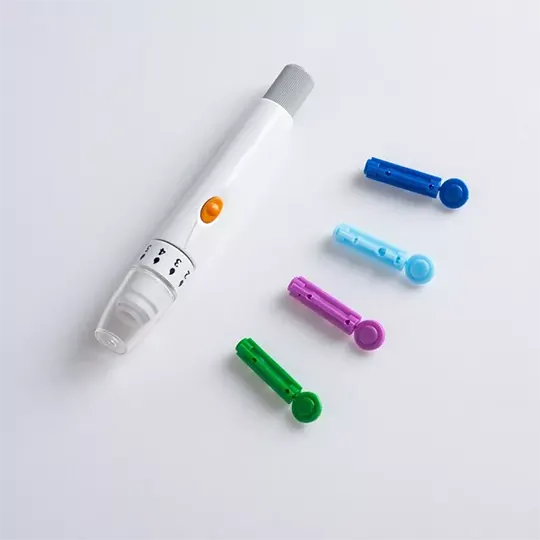Dulcoease 100 mg Capsules
Active ingredient: docusate sodium
- 1. Name of the medicinal product
- 2. Qualitative and quantitative composition
- 3. Pharmaceutical form
- 4. Clinical particulars
- 4.1 Therapeutic indications
- 4.2 Posology and method of administration
- 4.3 Contraindications
- 4.4 Special warnings and precautions for use
- 4.5 Interaction with other medicinal products and other forms of interaction
- 4.6 Fertility, pregnancy and lactation
- 4.7 Effects on ability to drive and use machines
- 4.8 Undesirable effects
- 4.9 Overdose
- 5. Pharmacological properties
- 5.1 Pharmacodynamic properties
- 5.2 Pharmacokinetic properties
- 5.3 Preclinical safety data
- 6. Pharmaceutical particulars
- 6.1 List of excipients
- 6.2 Incompatibilities
- 6.3 Shelf life
- 6.4 Special precautions for storage
- 6.5 Nature and contents of container
- 6.6 Special precautions for disposal and other handling
- 7. Marketing authorisation holder
- 8. Marketing authorisation number(s)
- 9. Date of first authorisation/renewal of the authorisation
- 10. Date of revision of the text
1. Name of the medicinal product
Dulcoease® 100 mg Capsules
2. Qualitative and quantitative composition
Docusate sodium 100 mg.
Excipients of known effect
Sorbitol
Sunset yellow (E110)
3. Pharmaceutical form
Capsule, soft
A two colour (opaque white and opaque yellow) soft, oval, gelatin capsule with a clear, colourless liquid fill.
4. Clinical particulars
4.1 Therapeutic indications
Prevention and treatment of chronic constipation. Prevention of hard, dry stools and reduction of straining at stools in the presence of conditions like haemorrhoids or anal fissures.
4.2 Posology and method of administration
Adults and children 12 years and above:
Up to maximum of 500 mg should be taken daily in divided doses.
Treatment should be commenced with large doses such as 100 mg three times daily, which should be adapted to the treatment response.
Dulcoease is not recommended for use in children under the age of 12 years.
Duration of treatment
The patient should be advised to consult a physician when constipation persists or worsens during treatment or when laxatives are needed for a long period of time.
Method of administration
Oral use. The capsules should be swallowed whole with a glass of water.
Special populations
No specific dose adjustment is necessary for elderly patients.
4.3 Contraindications
Dulcoease is contraindicated in patients with:
- hypersensitivity to docusate or to any of the excipients
- abdominal pain if not constipation-related
- nausea and vomiting
- intestinal obstruction
4.4 Special warnings and precautions for use
Organic disorders should be excluded prior to the administration of any laxative.
Each 100 mg capsule contains approximately 19.3 mg of sorbitol, resulting in 96.5 mg sorbitol per maximum recommended daily dose for adults. Patients with hereditary fructose intolerance (HFI) should not take this medicine.
Dulcoease 100 mg Capsules contain E110 sunset yellow which may cause allergic reactions.
4.5 Interaction with other medicinal products and other forms of interaction
Dulcoease should not be taken concurrently with mineral oil laxatives such as liquid paraffin.
4.6 Fertility, pregnancy and lactation
Pregnancy
There are no adequate data from the use of the drug in pregnant women. The potential risk for humans is unknown.
Nonclinical studies are insufficient with respect to effects on pregnancy and fetal development. Dulcoease should be used during pregnancy only if the benefits outweigh the risks.
Lactation
Non-clinical studies have shown excretion of docusate sodium and its metabolites into breast milk when administered systemically. Dulcoease should be used with caution in nursing mothers.
Fertility
There is insufficient data on the effect of docusate sodium on fertility.
4.7 Effects on ability to drive and use machines
None known.
4.8 Undesirable effects
The following CIOMS frequency rating is used, when applicable:
Very common ≥ 10 %; Common ≥ 1 and < 10 %; Uncommon ≥ 0.1 and <1%; Rare ≥ 0.01 and < 0.1%; Very rare < 0.01%; Not known (cannot be estimated from available data).
Gastrointestinal disorders
• Rare: Diarrhoea, nausea, abdominal cramps
Skin and subcutaneous tissue disorders
• Frequency unknown: Rash and pruritus
Reporting of suspected adverse reactions
Reporting suspected adverse reaction after authorisation of the medicinal product is important. It allows continued monitoring of the benefit / risk balance of the medicinal product. Healthcare professionals are asked to report any suspected adverse reactions via the Yellow Card Scheme at: www.mhra.gov.uk/yellowcard or search for MHRA Yellow Card in the Google Play or Apple App Store.
4.9 Overdose
Overdose may cause excessive loss of fluid and electrolytes which require replacement.
5. Pharmacological properties
5.1 Pharmacodynamic properties
ATC code: A06AA02 Laxatives, softeners, emollients
Docusate sodium is an anionic wetting agent, which acts as a faecal softener by lowering the surface tension and allowing penetration of accumulated hard dry faeces by water and salts.
Docusate sodium also possesses stimulant activity.
5.2 Pharmacokinetic properties
Docusate sodium exerts its clinical effect in the gastrointestinal tract. There is some evidence that docusate sodium is absorbed and is excreted in the bile. There is also evidence that docusate sodium is capable of enhancing absorption of certain compounds administered concomitantly
5.3 Preclinical safety data
None stated
6. Pharmaceutical particulars
6.1 List of excipients
Macrogol 400
Propylene glycol
Gelatin 195 bloom
Purified water
Sorbitol special (E420)
Glycerol
Titanium dioxide E171
Quinoline yellow E104
Sunset yellow E110
6.2 Incompatibilities
Not applicable.
6.3 Shelf life
PVC/PVdC blister packs with aluminium foil: 18 months.
Polyethylene/polypropylene containers: 36 months.
6.4 Special precautions for storage
Do not store above 25°C.
Store in the original package in order to protect from moisture.
6.5 Nature and contents of container
PVC/PVdC blister packs with aluminium foil containing 10, 20, 30, 40, 50 or 60 capsules.
Polyethylene / polypropylene containers, e.g.: securitainers / tampertainers containing 30, 100 and 250 capsules.
Not all pack sizes may be marketed.
6.6 Special precautions for disposal and other handling
No special requirements.
7. Marketing authorisation holder
Aventis Pharma Limited, trading as Sanofi
410 Thames Valley Park Drive,
Reading,
Berkshire,
RG6 1PT,
United Kingdom
8. Marketing authorisation number
PL 04425/0713
9. Date of first authorisation/renewal of the authorisation
06/10/2010
10. Date of revision of the text
30-Nov-2020




